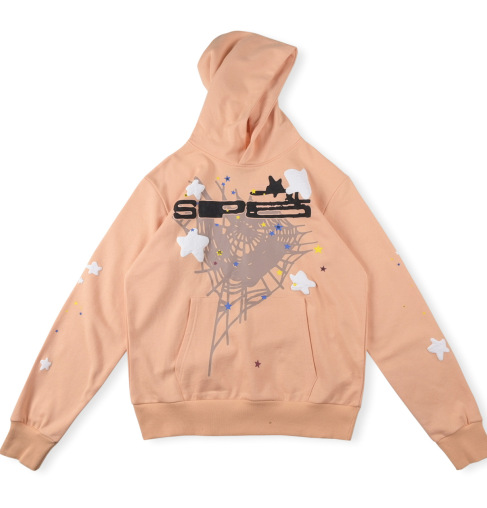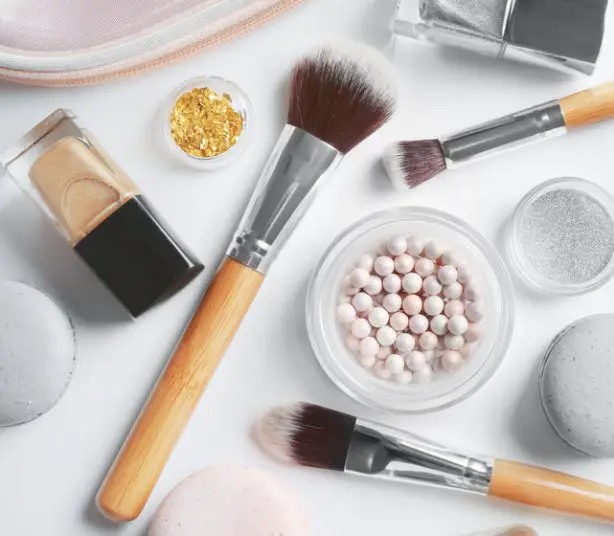Jewelry boxes are essential for storing and presenting your precious items. They come in various shapes and sizes, each designed to hold specific pieces of jewelry. The material used for these boxes can greatly impact their durability, aesthetics, and overall functionality. This article explores the materials commonly used for different types of jewelry boxes, including bracelet boxes, watch boxes, ornament boxes, and cardboard jewelry boxes.
1. Types of Jewelry Boxes
Before we dive into the materials, let’s briefly discuss the different types of jewelry boxes available. Each type serves a unique purpose and requires specific features.
Bracelet Box
Customized Bracelet packaging boxes are designed to hold bracelets securely. They often feature a cushioned interior to prevent damage. These boxes can come in various sizes, accommodating everything from thin bangles to chunky cuffs.
Watch Boxes
Customized Watch packaging boxes are crafted to store watches safely. They usually include compartments to hold multiple timepieces. Many designs also feature glass lids, allowing you to display your collection beautifully.
Ornament Boxes
Customized Ornament packaging boxes are used to store delicate ornaments, such as necklaces and earrings. They often have individual sections to keep items from tangling or scratching.
Cardboard Jewelry Boxes
Customized Cardboard jewelry packaging boxes are economical and lightweight options. They can be customized easily, making them popular for gift-giving and retail purposes.
2. Common Materials for Jewelry Boxes
Now, let’s look at the materials used to make these jewelry boxes. Each material has its pros and cons, impacting the box’s look and feel.
Wood
Wood is a classic choice for jewelry boxes. It offers a rich appearance and durability. Common types of wood used include oak, cherry, and mahogany.
Wooden boxes often feature intricate carvings or inlays, enhancing their elegance. The natural grain of wood adds uniqueness to each box, making it a popular choice for heirloom pieces.
However, wooden boxes can be heavier and more expensive than other options. They may also require regular maintenance to keep them looking their best.
Leather
Leather is another premium material for jewelry boxes. It provides a luxurious feel and is often used for higher-end pieces. Leather boxes can be soft or hard-sided, depending on the design.
These boxes often feature plush linings to protect delicate jewelry. Leather also ages beautifully, developing a unique patina over time. However, they can be pricier and may require special care to maintain their appearance.
Velvet
Velvet is often used as a lining material inside jewelry boxes. It adds a touch of softness and elegance. Velvet can also be used as an exterior covering for certain boxes.
The soft texture protects jewelry from scratches and damage. However, velvet can be more challenging to clean, and it may show wear over time.
Metal
Metal jewelry boxes, such as those made of stainless steel or brass, offer a modern and sleek appearance. These boxes are durable and often used for contemporary designs.
Metal boxes can be simple or ornate, depending on the craftsmanship. However, they can be heavier and may scratch more easily than other materials.
Cardboard
Cardboard is an economical and versatile option for jewelry boxes. It can be easily printed or customized, making it perfect for branding and gift-giving.
Cardboard boxes can be designed to mimic the look of more expensive materials, making them a popular choice for retailers. However, they may not provide the same level of protection as sturdier materials.
3. Choosing the Right Material
When selecting a jewelry box, consider the type of jewelry you will store and your personal style. The material you choose should complement your collection and provide adequate protection.
Factors to Consider
- Durability: Ensure the material can withstand regular use without showing wear.
- Aesthetics: Choose a style that fits your décor or personal taste.
- Functionality: Consider how much space you need and the types of jewelry you will store.
- Budget: Determine how much you are willing to spend on a jewelry box.
4. Customized Jewelry Boxes
Customization allows you to create a jewelry box that fits your needs perfectly. Whether you choose wood, leather, or cardboard, personalization can enhance the appeal.
Adding Personal Touches
- Monograms: Adding initials or names can make a box feel more special.
- Colors: Choose colors that match your style or the recipient’s preferences.
- Compartments: Customize the interior layout to accommodate specific jewelry pieces.
Benefits of Customization
- Unique Design: A customized box stands out and reflects your personality.
- Perfect Fit: Tailored compartments ensure your jewelry stays organized and protected.
- Gifting: Customized boxes make thoughtful gifts for loved ones.
5. Care and Maintenance of Jewelry Boxes
Taking care of your jewelry box will help maintain its appearance and prolong its life. Different materials require different care methods.
Wood Care
- Dust Regularly: Use a soft cloth to remove dust.
- Polish: Apply furniture polish occasionally for a shine.
- Avoid Moisture: Keep away from damp areas to prevent warping.
Leather Care
- Clean with a Damp Cloth: Use a soft, damp cloth to wipe away dirt.
- Use Leather Conditioner: Apply conditioner periodically to keep it supple.
- Avoid Direct Sunlight: Prolonged exposure can fade the color.
Velvet Care
- Vacuum Carefully: Use a soft brush attachment to remove dust.
- Spot Clean: Use a gentle fabric cleaner for stains.
- Store Safely: Avoid crushing velvet by storing it properly.
Metal Care
- Wipe with a Soft Cloth: Regularly clean with a soft, dry cloth to avoid scratches.
- Use Metal Polish: For tarnished metal, use an appropriate polish to restore shine.
- Avoid Moisture: Keep metal boxes dry to prevent rust.
Cardboard Care
- Keep Dry: Store cardboard boxes in a dry area to prevent damage.
- Avoid Heavy Loads: Don’t place heavy items on top to avoid crushing.
Conclusion
Choosing the right material for your jewelry box is crucial for both aesthetics and functionality. Whether you prefer the elegance of wood, the luxury of leather, or the practicality of cardboard, each material has its unique benefits.
Customizing your jewelry box adds a personal touch, making it a perfect gift or a special addition to your collection. By considering care and maintenance, you can ensure that your jewelry box remains beautiful and functional for years to come.









